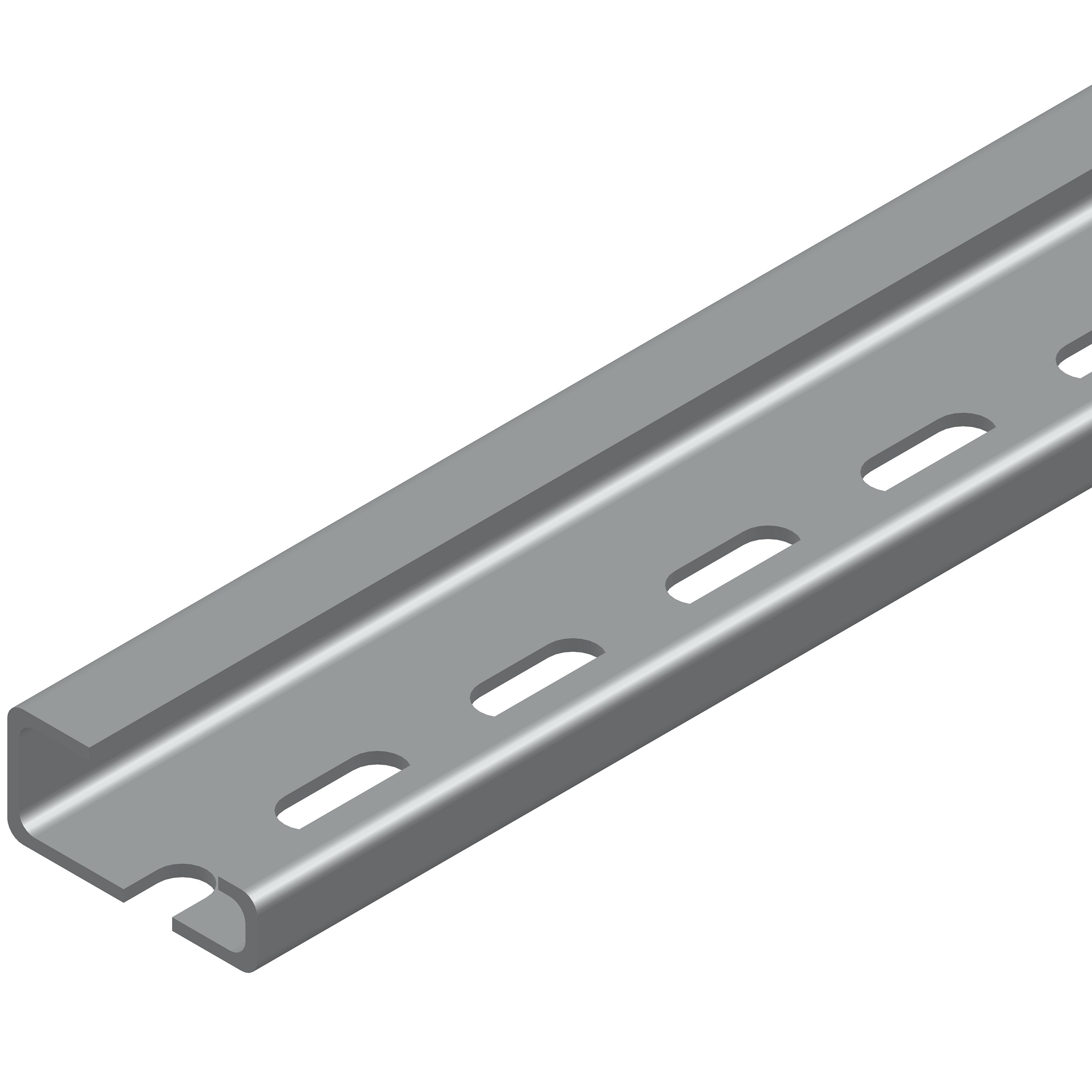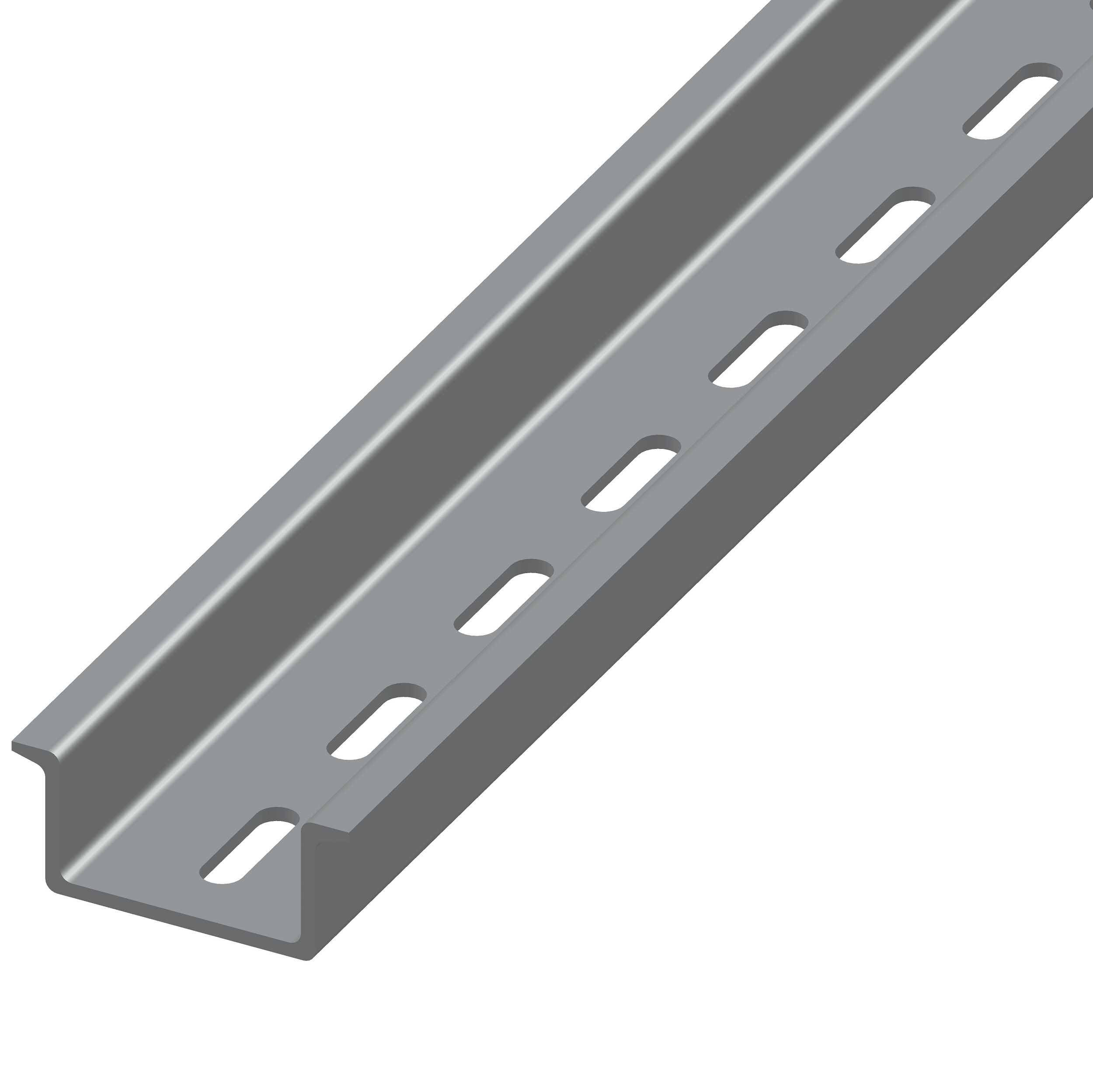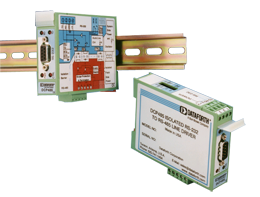DSCA47K-04C
Linearized Thermocouple Input Signal Conditioner

DSCA47K-04C
Linearized Thermocouple Input Signal Conditioner
- Usually stock to 2-3 weeks.
Description
Each DSCA47 thermocouple input module provides a single channel of thermocouple input which is filtered, isolated, amplified, linearized, and converted to a high-level voltage output. Signal filtering is accomplished with a five-pole filter which provides 85dB of normal-mode rejection at 60Hz and 80dB at 50Hz. An anti-aliasing pole is located on the field side of the isolation barrier, and the other four poles are on the system side. After the initial field-side filtering, the input signal is chopped by a proprietary chopper circuit. Isolation is provided by transformer coupling, again using a proprietary technique to suppress transmission of common mode spikes or surges.
The DSCA47 can interface to eight industry standard thermocouple types: J, K, T, E, R, S, B and N. Each module has cold junction compensation to correct for parasitic thermocouples formed by the thermocouple wire and input screw terminals on the module. Upscale open thermocouple detection is provided by internal circuitry. Downscale indication can be implemented by installing a 47MΩ, ±20% resistor between screw terminals 6 and 8 on the input terminal block.
Module output is either voltage or current. For current output models a dedicated loop supply is provided at terminal 3 (+OUT) with loop return located at terminal 4 (-OUT). The system-side load may be either floating or grounded.
Special input circuits provide protection against accidental connection of powerline voltages up to 240VAC and against transient events as defined by ANSI/IEEE C37.90.1. Protection circuits are also present on the signal output and power input terminals to guard against transient events and power reversal. Power lines are secured to the module using screw terminals which are in pluggable terminal blocks for ease of system assembly and reconfiguration.
The modules have excellent stability over time and do not require recalibration, however, zero and span settings are adjustable up to ±3% to accommodate situations where fine-tuning is desired. The adjustments are made using potentiometers located under the front panel label and are non-interactive for ease of use.
Documents
DSCA Module & Accessory 3-D CAD Models
Specifications
- Thermocouple Type K
- Output Range 4 to 20 mA
- Input Temperature Range 0 to 1000 °C
- Mechanical Format DIN rail
- Isolation Voltage 1500 Vrms
- Isolation Type Transformer 3-way
- Accuracy ±0.08% (±0.80°C)
- Supply Voltage 15 to 30 Vdc (+24V Nom)
- Input Voltage Withstand 240 Vrms
- Gain/Offset Adjust ±3%
- Module Bandwidth 3 Hz
- NMR (60 Hz) Rejection 95 dB at 60 Hz, 85dB at 50Hz
- External I-to-V Resistor N/R
- Output Control Always enabled
- Output Resistance <1 Ohm
- Dimensions 2.95 x 0.89 x 4.13 inches
- Interface 8 Pos terminal block
- Customization yes
- Weight 136 grams (4.8 ounces)
Features
- Interfaces to Types J, K, T, E, R, S, B, and N Thermocouples
- Linearizes Thermocouple Signal
- Industry Standard Output of either 0-10V, 0-20mA, or 4-20mA
- 1500Vrms Transformer Isolation
- ANSI/IEEE C37.90.1 Transient Protection
- Input Protected to 240VAC Continuous
- True 3-Way Isolation
- Wide Range of Supply Voltage
- 160dB CMR
- 85dB NMR at 60Hz, 80dB at 50Hz
- ±0.08% Accuracy
- Easily Mounts on Standard DIN Rail
- C-UL-US Listed
- CE and ATEX Compliant
Block Diagram

Accessories














Competitive Cross-Reference
- No cross reference is available.
This information is provided only as a convenience on an "as is" basis and Dataforth Corp. or its representatives or distributors are not responsible for any incorrect, inaccurate, or incomplete information. You are solely responsible for (1) selecting the appropriate Dataforth products for your application, (2) designing, validating and testing your application, and (3) ensuring your application meets applicable standards, and any other safety, security, or other requirements.
FAQ






